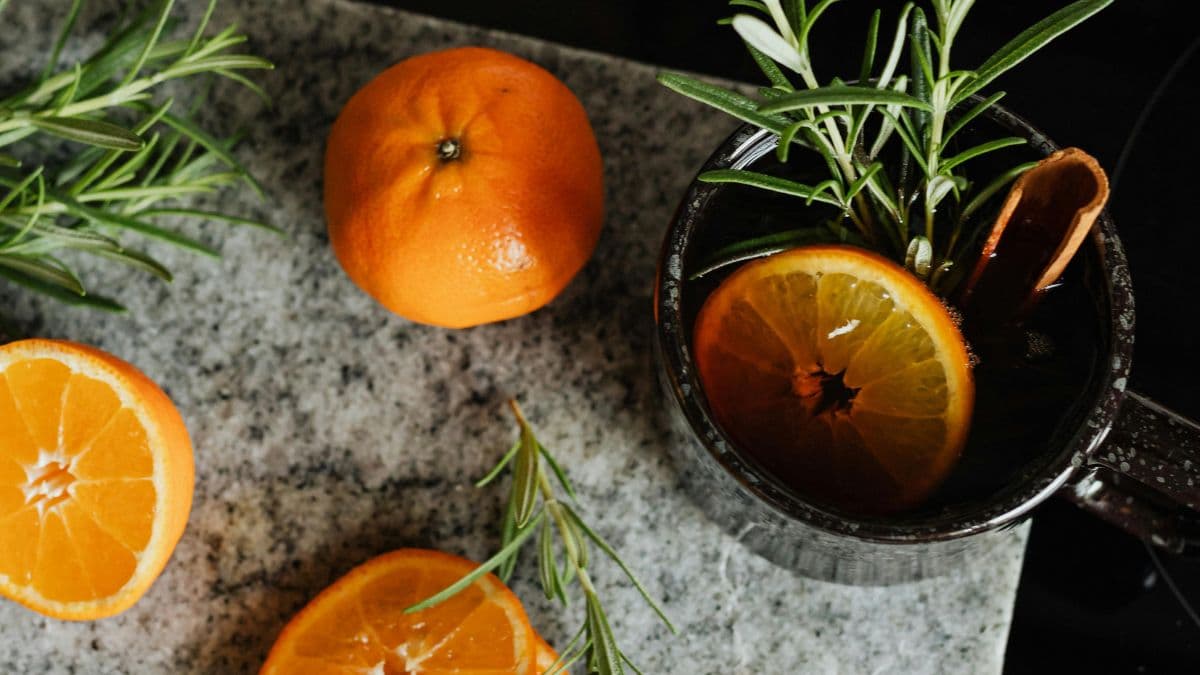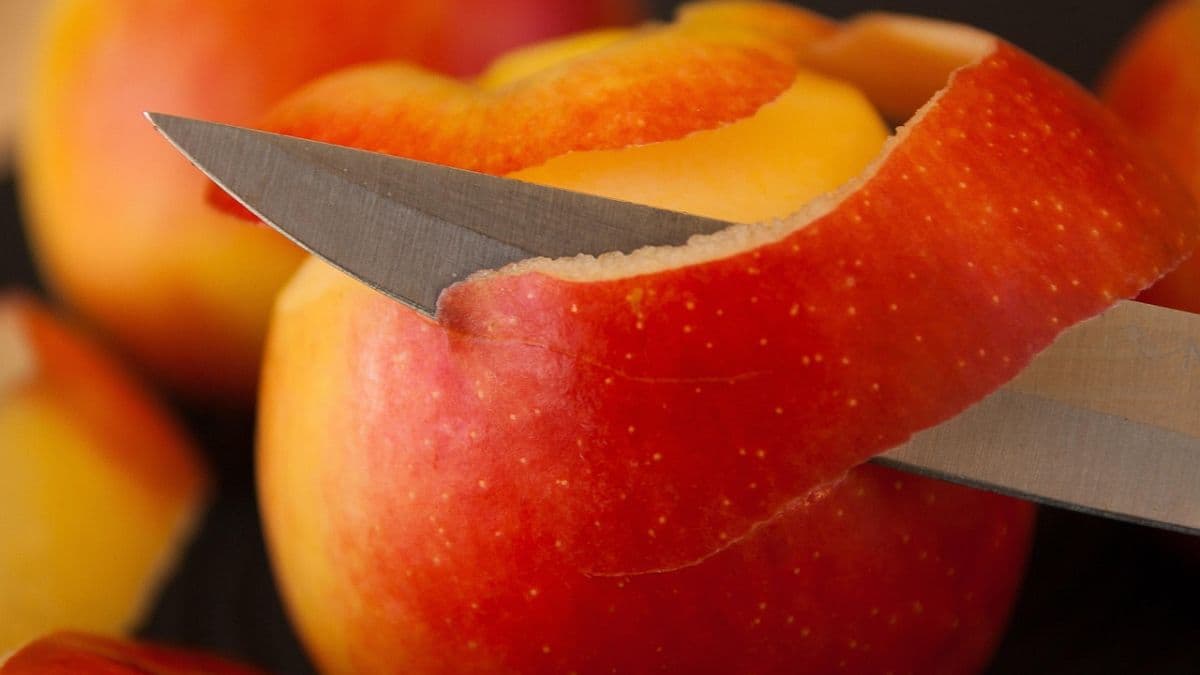My Experiences With Zero-Waste Bartending And What I Learnt Along The Way

It was one of those regular after-party clean-up moments. The last of my guests had left and after cleaning up my kitchen, I went over to the makeshift bar to tidy the vestiges of what spelled a good party. However, when I had finished cleaning – I had a basket in hand to pick up peels and shavings and a waste bin to throw out plastic containers, I saw for myself the sheer amount of things that were heading into the garbage.
There were scores of fruit and veggie peels, so many leftover fruit chunks and fruit flesh which had no use anymore. That was the first time I realised that as with our kitchens, our home bars also generate a lot of waste. And what we need are some ways to minimise this mixology waste in much the same manner that we cut down on our culinary waste.

A few weeks after this, I found myself at an evening gathering hosted at a bar and being among the last ones to leave, I found, to my sheer horror, that right there behind the bar, the waitstaff was filling up bags upon bags complete with wet waste which was generated here while blending drinks. Gradually, I was becoming acutely aware that the large amounts of waste generated while blending cocktails and mocktails was a serious problem.
From then on, while I decided to take back whatever fruits or syrups were leftover from the bar into the kitchen, there still remained the question of how to go about minimising these on the whole.

Foraying Into Zero-Waste Bartending
This was when I turned to zero-waste bartending. Initially, while some bars around me had started to practice and make public this idea of a more ecologically-conscious way of blending drinks, there was very little buzz around what was soon going to become a trend proliferating across many mixology spaces.
I hopped onto this wagon when it was still in its nascent stages. For me, zero-waste bartending began with the simple process of using fruit peels and veggie peels as garnishes in cocktails like a classic whisky sour or savoury gin and tonics. I invested in reusable glassware, and all organic waste became part of the compost pile.
But there was more that could be done.
Also Read: Zero-Waste Bartending: 6 Tips For Beginners To Adopt On Earth Day

Making Syrups And Shrubs
One of the elements that I diligently began to explore to go beyond garnishes was to actually make use of leftovers as the primary flavour notes in drinks. It is no revelation that citrus peels carry some of the most pronounced flavours of the entire fruit. Using citrus peels for making syrup infusions then became one of the simplest ways for me to turn this often ignored ingredient into something more.
Making veggie shrubs for adding to gin-based cocktails became another way of cutting down on green waste. I also discovered that wilted herbs like basil, thyme or mint can be blitzed to make syrups which carry a lot of potent flavours.

Now, whenever I use fresh fruits in the kitchen, their peels automatically go to the bar. Any time I squeeze fresh juices using fruits and veggies, the leftover pulp and skin is automatically reserved for making spirit infusions.
Acquired Tastes
Zero-waste bartending, all said and done, is hardly easy. We are all so accustomed to using fresh fruit chunks or fresh fruit juice that the tart tastes of certain peels and leftovers which trickle into syrups and shrubs can become too overpowering. Balancing this out requires some mixology tact like adding a dash of honey to a blend containing peel shrubs or simply adjusting the amount of fruit juices or soda water added to the mix to infuse a sweeter and aerated note in blends.

So, some of my most effective takeaways came from understanding that zero-waste elements were all acquired tastes. With this, I was able to adjust the peel to simple syrup ratio to infuse fruity flavours without overpowering the sweet taste. I tried making candied dehydrated fruits which could be used as garnishes with a slightly more pleasing flavour note. I began preparing batch cocktails which could make better use of whole fruits and peels. And I cut down on the number of mixers and syrups I used at a party.
Today, instead of making six fancy syrups, I make cocktails using one or two flavourful accents and put my creativity to use to craft different blends out of the same ingredients – served in reusable glassware.
Drink Responsibly. This communication is for audiences above the age of 25.









